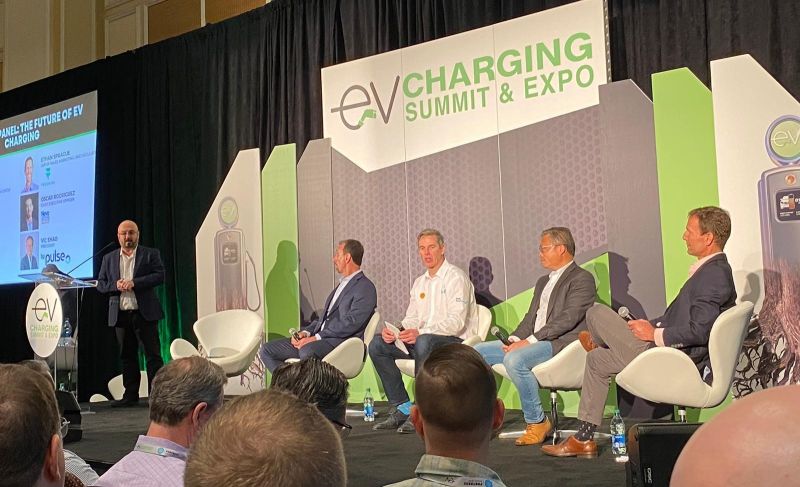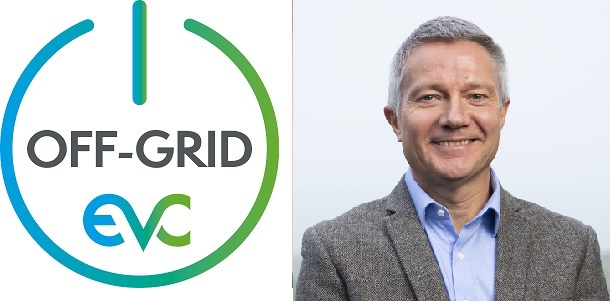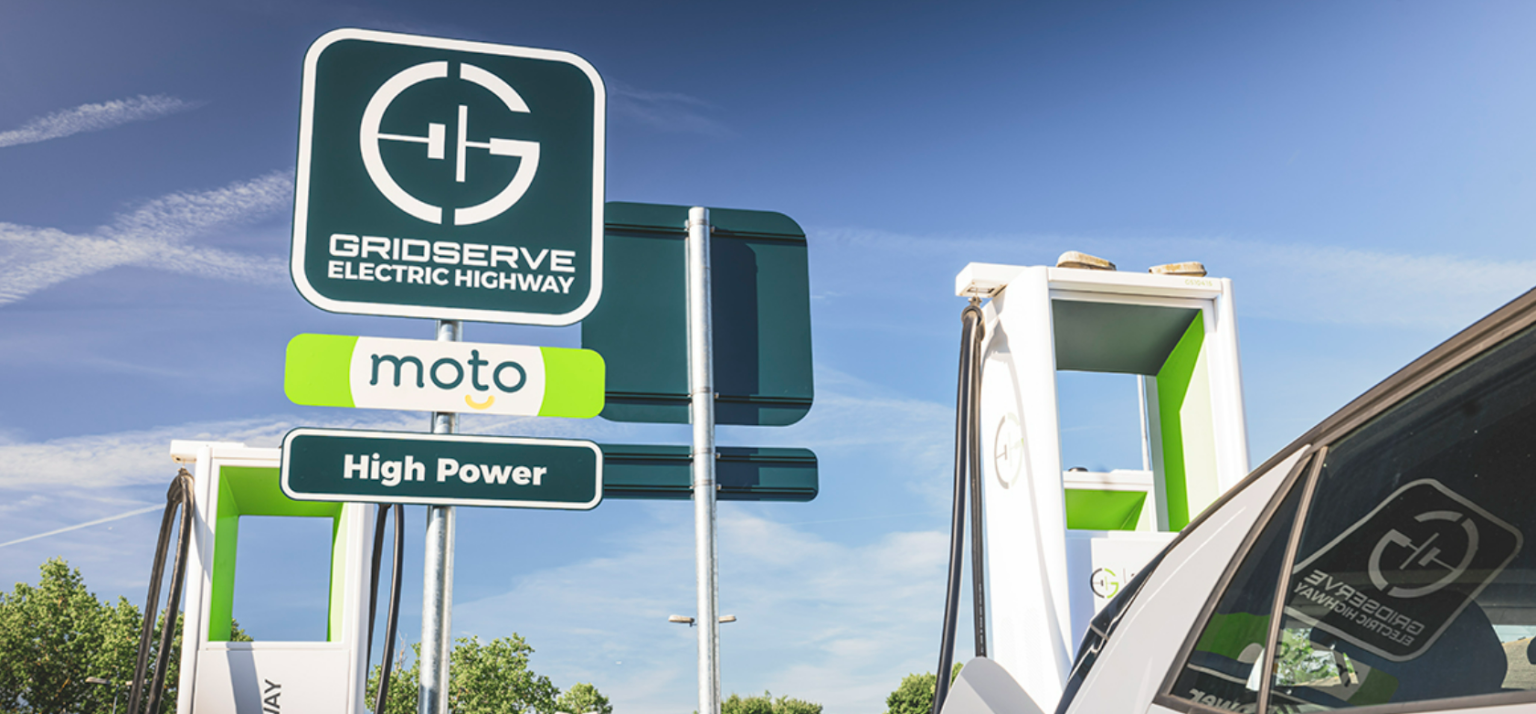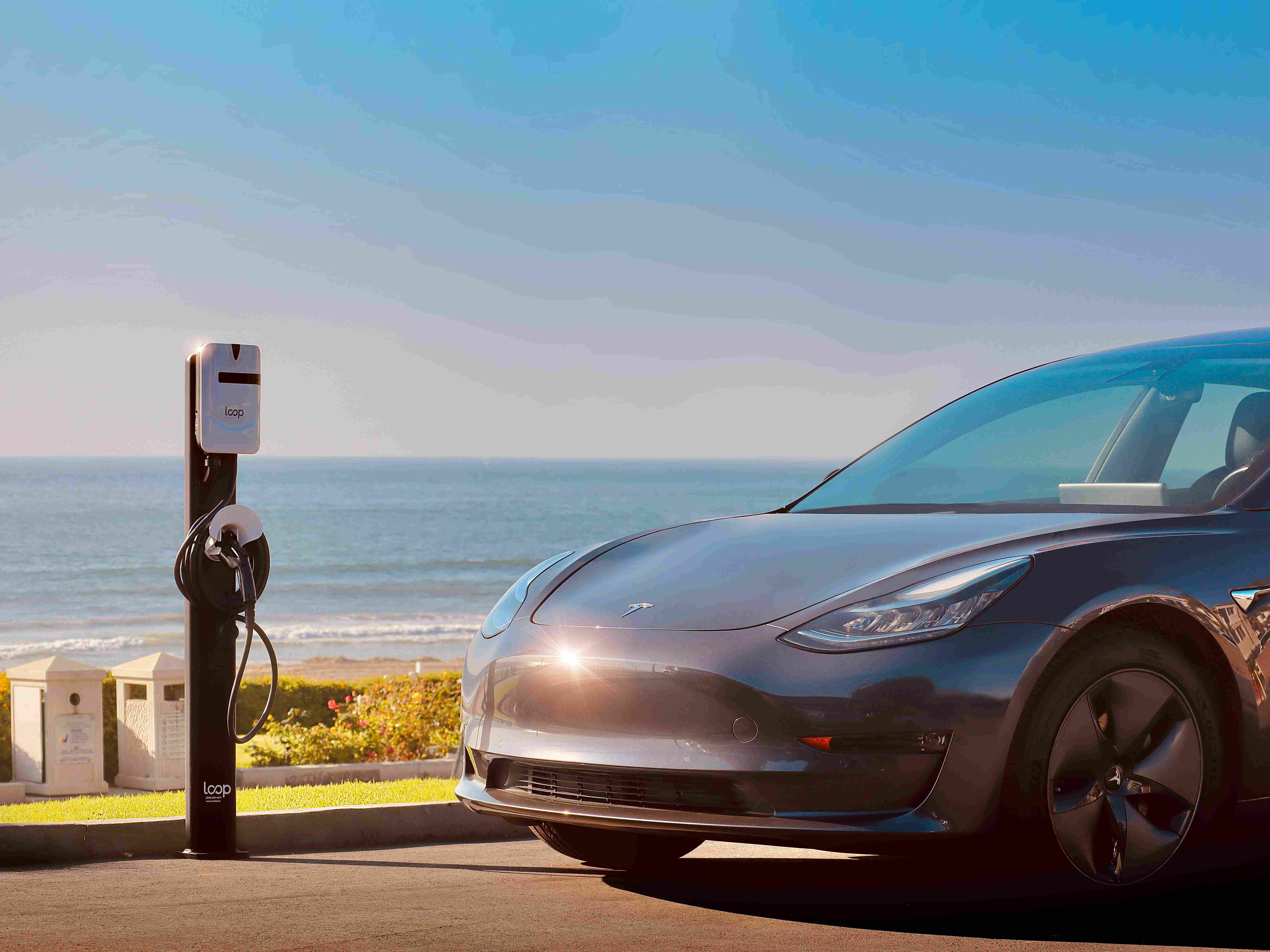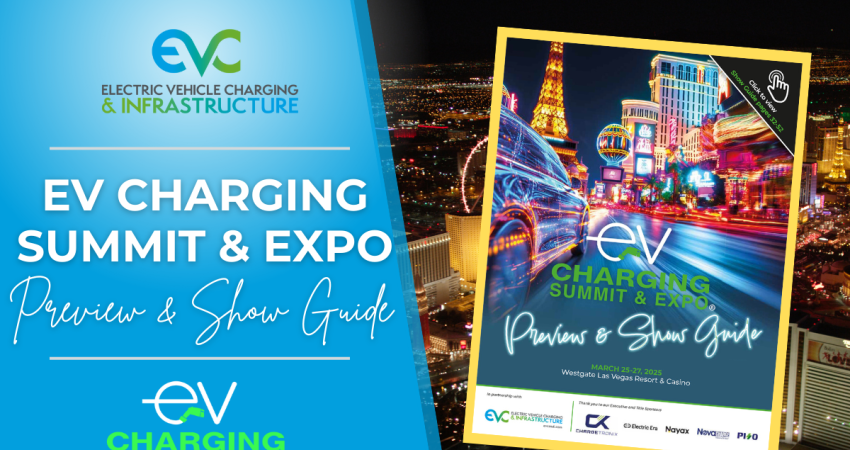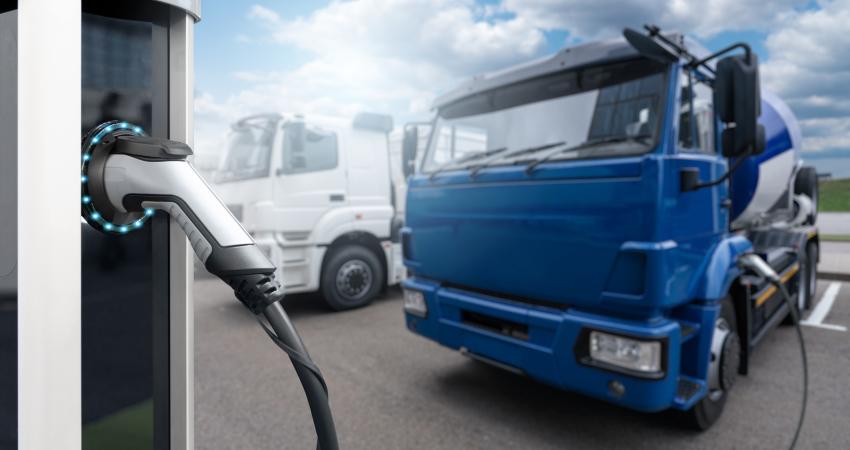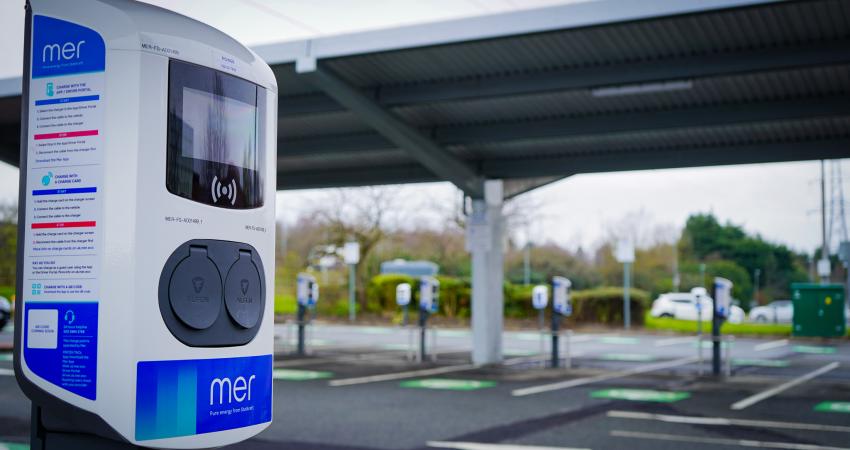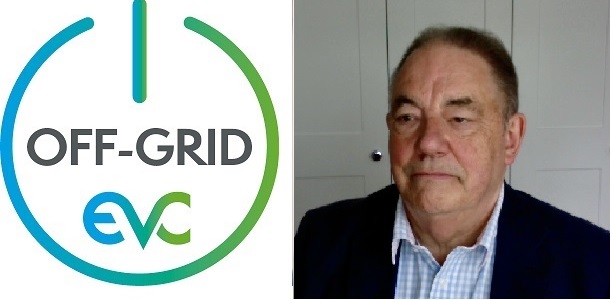
What are the main problems with the current EV charging infrastructure, and how can these be resolved?
One is the speed of deployment, which is often to do with planning and decision-making cycles. Secondly there is the energy provision – an awful lot of schemes are on-hold because deployers are waiting for sufficient electricity to be available on the site.
In addition, the current infrastructure has not been well thought out. As an EV driver myself, too often you turn up and find half the chargers are unavailable, or that one of the charging guns uses the CHAdeMO standard which is not much use unless you are a Nissan Leaf driver, or that the other chargers are already being used. That’s not comfortable, particularly on motorways.
The user interface is not like using the Oyster transport card in London where you can tap your card on the underground and the buses. Sadly people rushed into EV charging without realising it’s the driver you need to keep sweet. It’s about having a service-oriented mindset.
My background is in public transit. I ran the British Rail ticketing system for some years and I’m used to making sure that remote devices are working and passengers are getting their tickets. EV chargers can sometimes be out of action for a couple of days. One of the things that PlusCharge is focused on is that devices are remotely monitored, and we monitor ours every 20 seconds. The system is designed to self-repair or restart in the first instance if it discovers a fault, or it then raises a ticket for the operations team to rapidly manage what needs to happen.
I hope I can says this without upsetting too many people, but when I looked at the new UK EV charging association [ChargeUK], they were good companies, reputable organisations with large charging networks. There were no ‘peripheral’ companies – and probably PlusCharge comes into that – who are working differently, taking a different perspective and trying to make things easier for the driver and fleet managers, and working on open systems rather than proprietary systems that won’t communicate with other networks. I’m always nervous of industry bodies managing market rollout. You have companies who are innovating and bringing new ideas to the market and what you don’t need is a group of companies with an established position not being too encouraging.
Another area that I think is woefully inadequate is cybersecurity. There have been a number of articles in the press about the ability to break into EV charging infrastructure. Not the chargers and the back office systems which are pretty well-protected as they are cloud-based, but things like vehicle security and people’s mobile phones which have vulnerabilities. I’m a great believer that we need to work harder as an industry around making sure that vehicles, charging infrastructure and payments can’t be corrupted. The EV charging network in Russia was hacked last year, with chargers near Moscow being disabled and displaying anti-Putin messages.
How important is the ability to display custom messages or advertisements on the EV charging station’s screen, and what are the benefits?
We provide a very flexible solution that can display different types of advertising, which is attractive to both advertisers and site owners. The system can provide cyclical advertising in fixed timeslots over a period of time of, for example, two to three minutes. The second type of advertising is streamed video, which could be based on the location, or from an advertiser wanting more than a ten-second slot.
We can also use it to convey general information via the screen. In addition, it allows for QR codes to be targeted at someone who has just plugged in to charge, such as a discount on a coffee. We have to be very mindful of GDPR data regulations and we can’t put someone’s name up on the screen, but we can use QR codes to trigger the fact that someone has just plugged in and is using the charger.
What is most innovative about PlusCharge's new 22kW AC and modular 120-180kW DC 55” Media Screen EV-Charging stations?
Firstly there aren’t any DC chargers with media screens around at the moment in the UK or Europe, they are all AC-based.
AC charging is good for people who are going to be staying at a location for an hour or two. DC charging provides a much faster rate so its suits all types of motorists and commercial vehicles as well. It might be somebody who is stopping at a destination, or someone who is just stopping to get a charge and have a coffee or a comfort break but at the same time they can also take the benefit of the advertising.
The second thing is that the design of the device provides us with separate communications links. One for the charger itself which talks to the management system, while the media system is very similar to the way on-street advertising is operated and has its own control and management system and is able to provide either the streaming video or download up-to-date material. We have separated not just the communications but the control systems.
The outdoor media screens on offer in the current market are generally connected through the back-office management system, which I think is a limitation. This is something that we have by-passed because we are providing a completely separate mechanism. It gives resilience because if the charger goes down it doesn’t take down the screen, and if the screen goes offline it doesn’t take down the chargers.
The current business model for EV charging is based on the sale of energy, and that is largely centred around utilisation. The offer that EV charging companies make to clients is to provide them with a utilisation figure that gives a return. If they don’t get to that utilisation – and this has been one of the main difficulties that sites have suffered from – then the client can be disappointed. Our devices sell advertising separately from the charging mechanism, which means we have a catch-all allowing us to deliver revenue from the advertising streams. That is a potentially more secure way of delivering value to be shared with both the clients and the landlords. So we are providing a finance incentive, a usability incentive, as well as strong communications.
We deploy the chargers in partnership with Atem Networks, the German company who are specialists in outdoor media advertising.
Which technology do you think will be most important in EV charging infrastructure going forward?
The means by which payment is made. There is a standard starting to be rolled out across the UK and Europe by the EV OEMs and charging system operators that enables the car to talk directly to the charger, which I think is going to be a significant change. The driver doesn’t need to interact with a payment card, the charger recognises the vehicle and handles the payment process.
Portable and mobile charging is not new technology but it can be convenient if it’s of a size to put into the back of a van to deliver DC charging for a short period of time.
There is also induction charging where you drive over a pad and pick up the charge that way. Vehicle-to-grid and vehicle-to-vehicle charging are being looked at, but it’s difficult to tell how much they are going to make a difference.
David Hytch is technical and innovation director PlusCharge, a UK-based provider of AC and DC EV chargers with integrated digital media screens.


